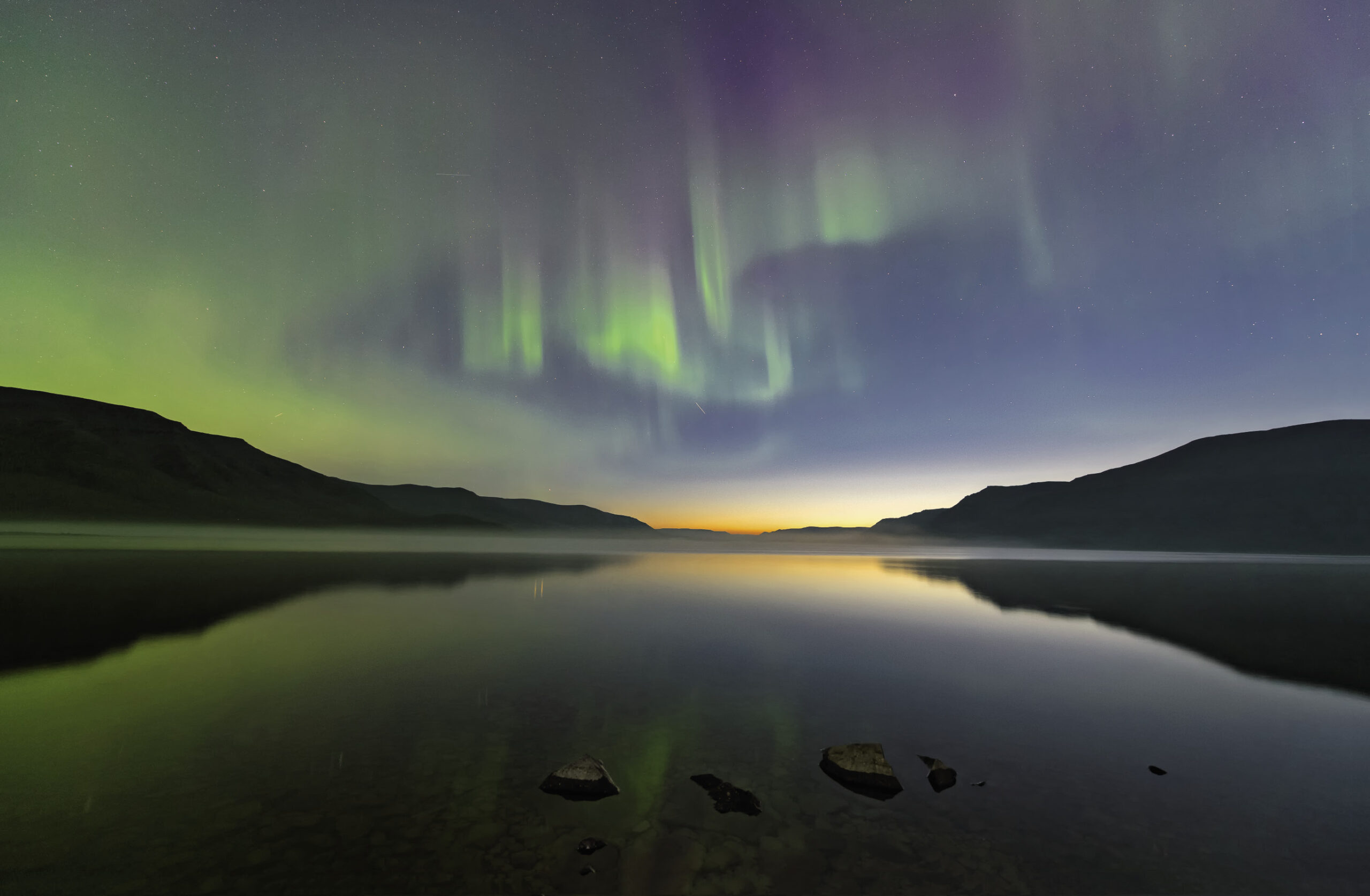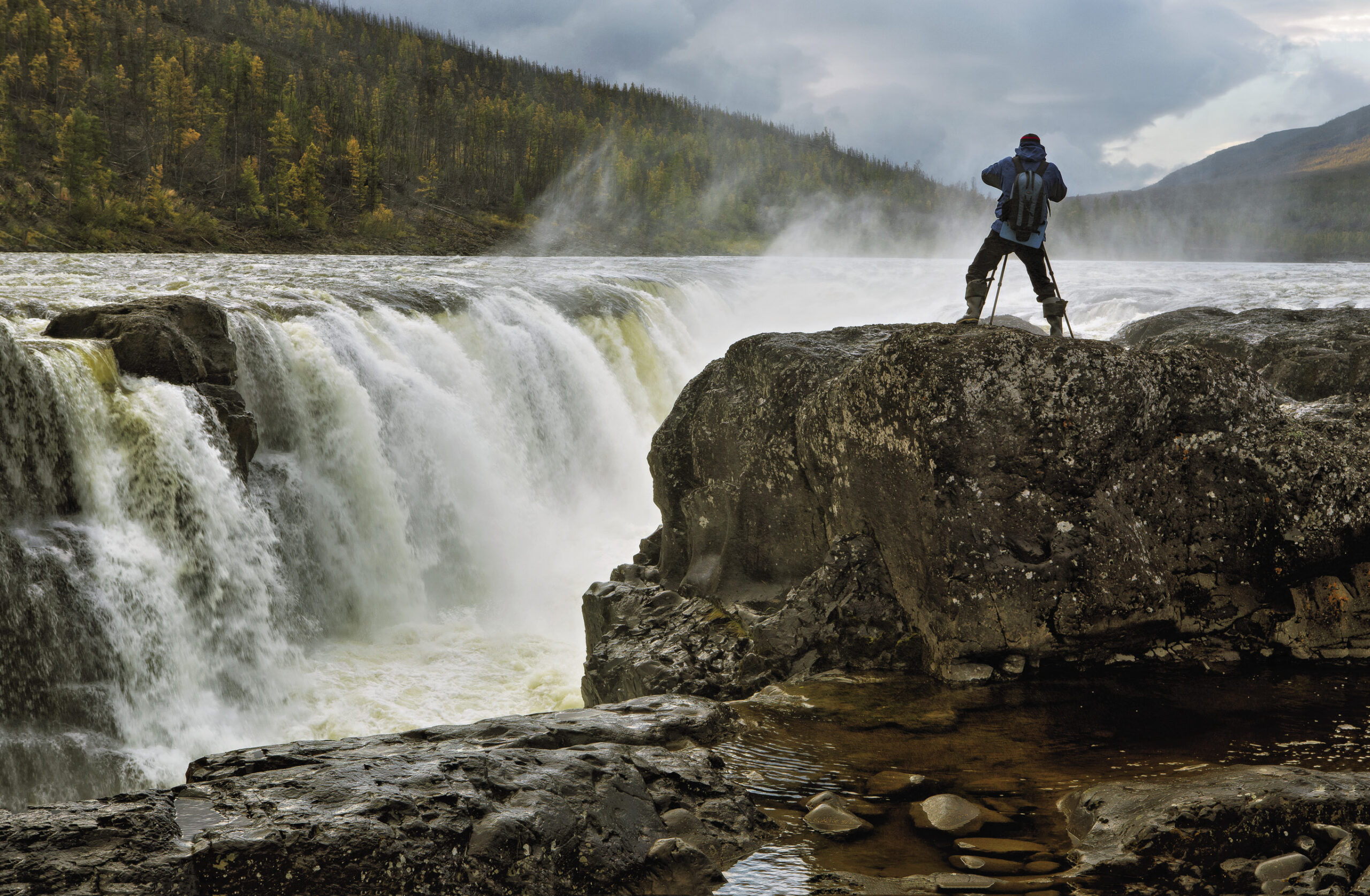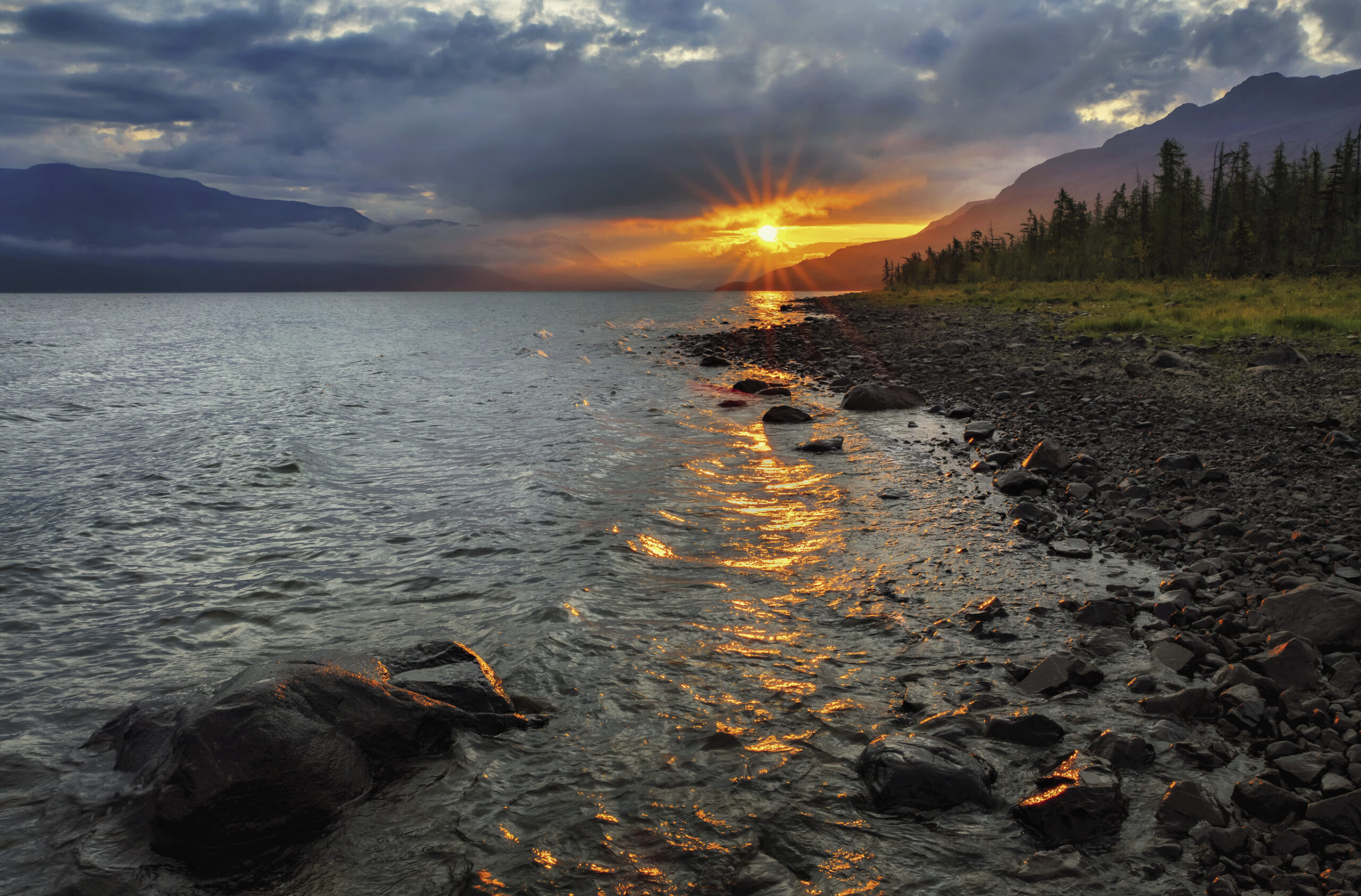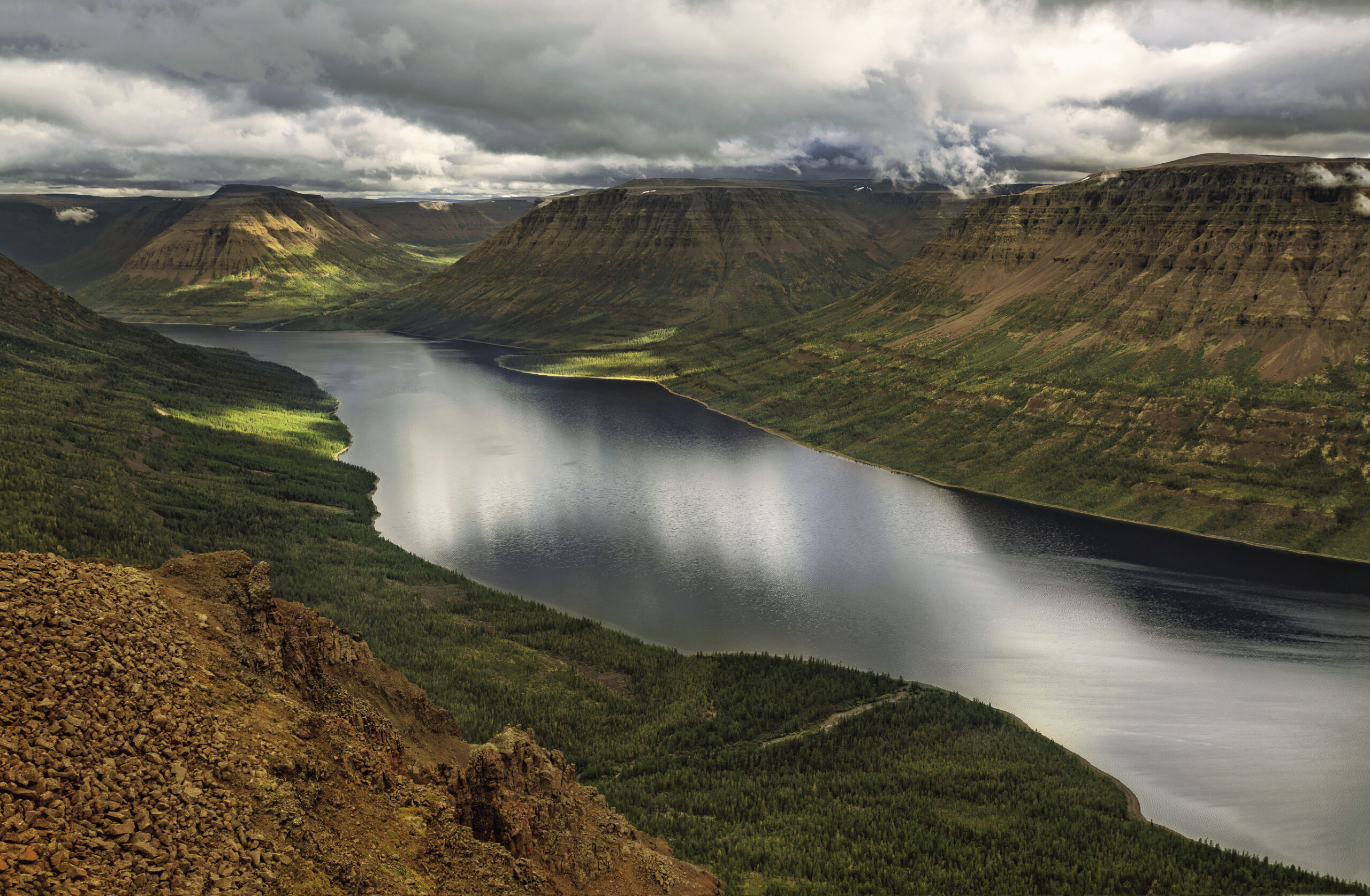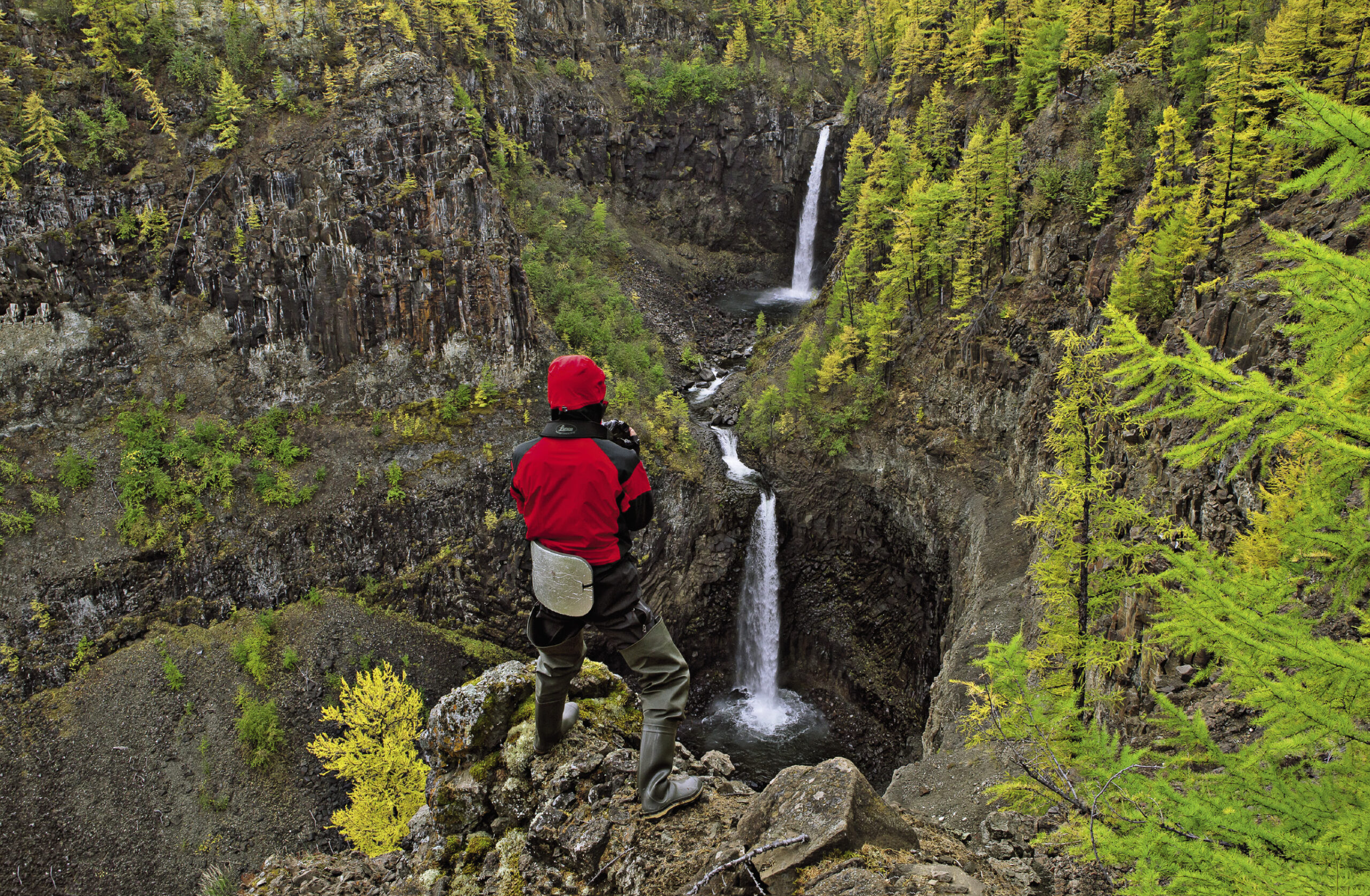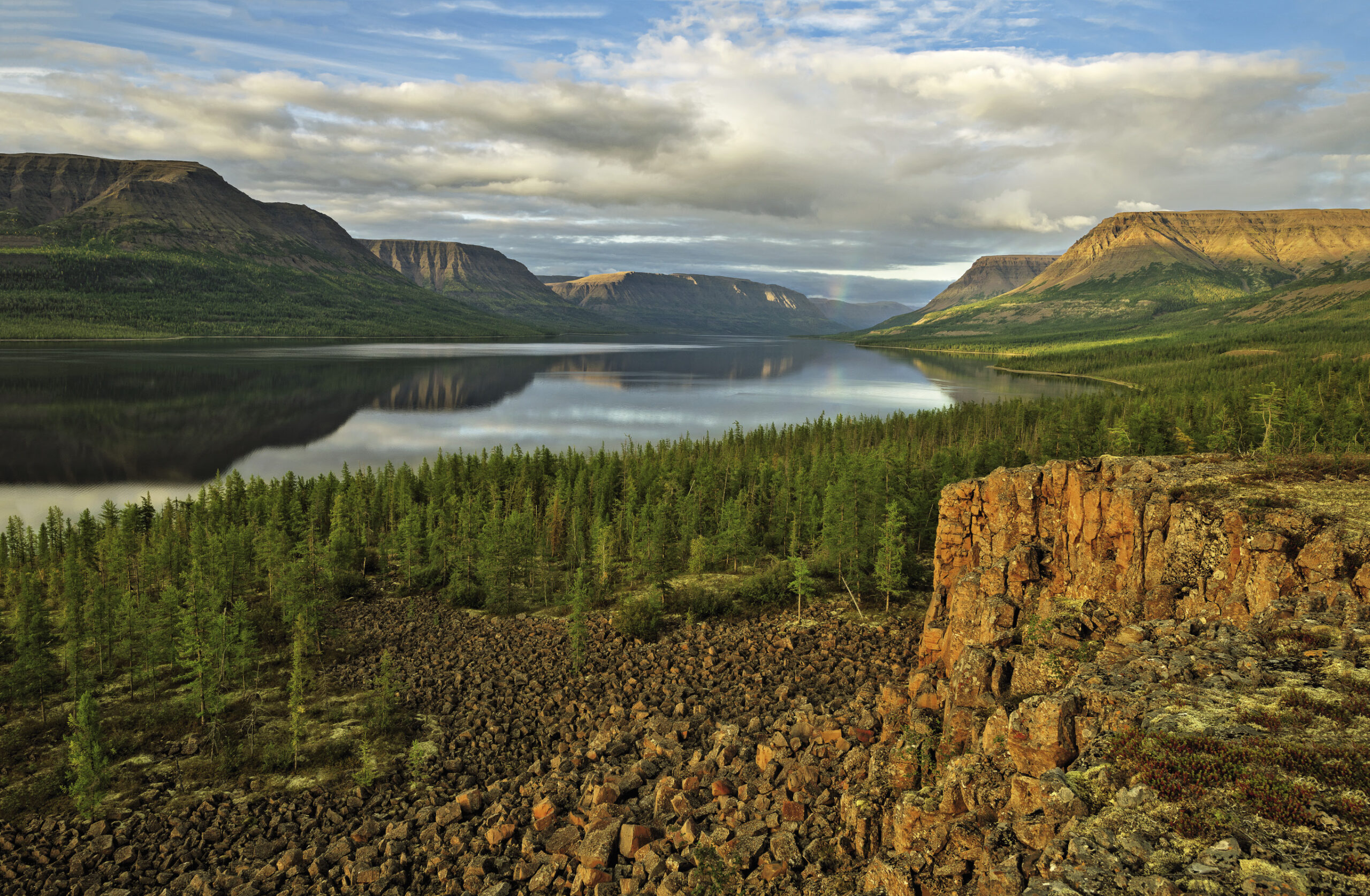Photos: Sergei Karpukhin
IN THE DEPTHS OF SIBERIA, TWO MIGHTY RIVERS RUSH TOWARDS THE ARCTIC OCEAN: THE LENA AND THE YENISEI. THE VAST EXPANSE OF THE CENTRAL SIBERIAN PLATEAU LIES BETWEEN THEM. MANY AMAZING PLACES CAN BE FOUND IN THIS PRIMORDIAL LANDSCAPE, BUT AMONG THEM, ONE STANDS OUT AS TRULY UNIQUE: THE MOUNTAINS OF PUTORANA, OR, AS THEY ARE ALSO CALLED, THE PUTORANA PLATEAU.
